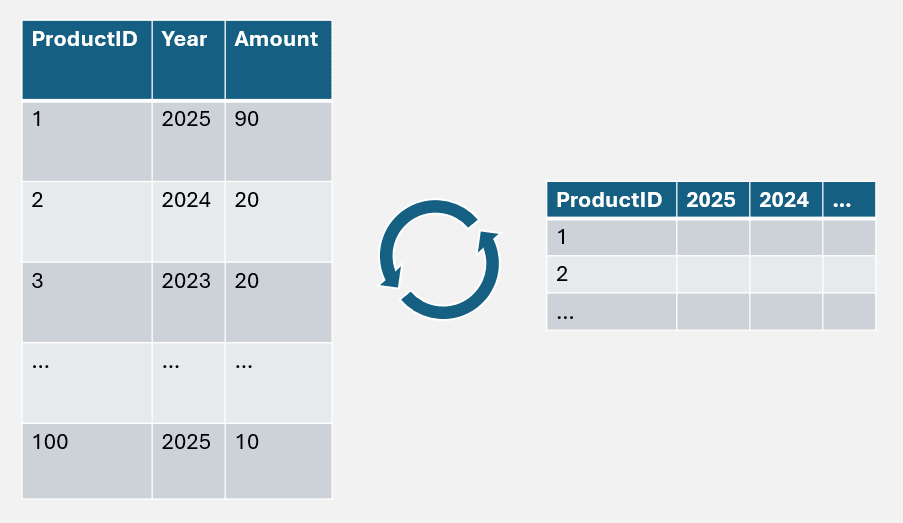Learn the basics in depth
I often receive questions from aspiring data engineers. Some are fresh grads, others are switching from software or analytics roles. And a same question appears so many times: What tool should I learn in depth? I understand why people keep having such questions. The tech world moves extremely fast. Every few months, there is a new framework, a new orchestration tool, a shiny feature in a cloud, or some articles filled with buzzwords that make you feel like you are already behind. The pressure to keep up is real. But here is something I have learned over the years, and I want to say it clearly: focus on learning the basics in depth. Tools will change, 0 and 1 will not. ...
Introducing Dat⋂nalytics - My new home to share insights
A new chapter Last year, I launched Dat⋂Engineer as a place where I share my thoughts, experiences, and lessons learned as a data engineer. From designing to coding, I have written about the craft of data engineering with passion. This year, I wanted to go beyond words. I wanted to showcase data - to let data and visualizations tell their own stories. That is why I created Dat⋂nalytics, a new site for sharing interactive Power BI reports and data-driven insights. ...

PIVOT and Dynamic PIVOT in SQL - Advanced SQL for analytics
As a data engineer, a typical working day for me, apart from meetings, is full of SELECT, FROM and WHERE. But these basic statements are not enough, especially for the complex ad hoc analysis that is increasingly common nowadays. SQL is a powerful language. It is a declarative language where we define what we want and the engine finds a way to achieve it. The language is evolving to adapt to the increasing variety of analysis needs. I wrote an article about an advanced SQL feature to deal with hierarchical data. And today, let’s explore another beyond-the-basic feature: PIVOT. ...
How to create Azure DevOps Pull Requests reporting with Power BI
As a developer, I have always emphasized the importance of code quality and efficient development processes. Modern Git workflows are typically about writing code, commits, pull requests, code reviews, and merges. To gain deeper insight into these processes, I decided to create a Power BI report to track them. My goal is to identify bottlenecks, areas for improvement, and opportunities to streamline our workflow. Pre-requisites Before we dive into building the Power BI report, you must have Power BI Desktop of course. It is necessary to have a Personal Access Token that has sufficient access to the project repositories. You will need it to authenticate the API calls from Power BI. ...
How to start a successful Data Warehouse project
Any organization aiming to leverage the power of data-driven decision-making stands to benefit greatly from a successful Data Warehouse project. A well-designed Data Warehouse not only centralizes your data but also guarantees that it is reliable, scalable, maintainable, and usable by stakeholders. Over the past few months, my team and I have launched a new Data Warehouse project in production. The opportunity to start from scratch is always a valuable chance to gain new insights and expertise. I would like to share the experiences from this success story in the hope that they will be as beneficial to others as they have been to us. ...
Understand Row-Oriented vs Column-Oriented Storage
The way we access and analyze data has changed a lot lately. Row-oriented storage, which has been the standard for data storage for a long time, is having trouble keeping up with the demands of modern data analysis. In this article, I will introduce you to column-oriented storage and how it can help analytical queries run faster. OLAP In my previous post, we discussed the differences between Online Analytical Processing (OLAP) and Online Transaction Processing (OLTP). As a reminder, OLAP which is the access pattern of analytical queries typically: ...